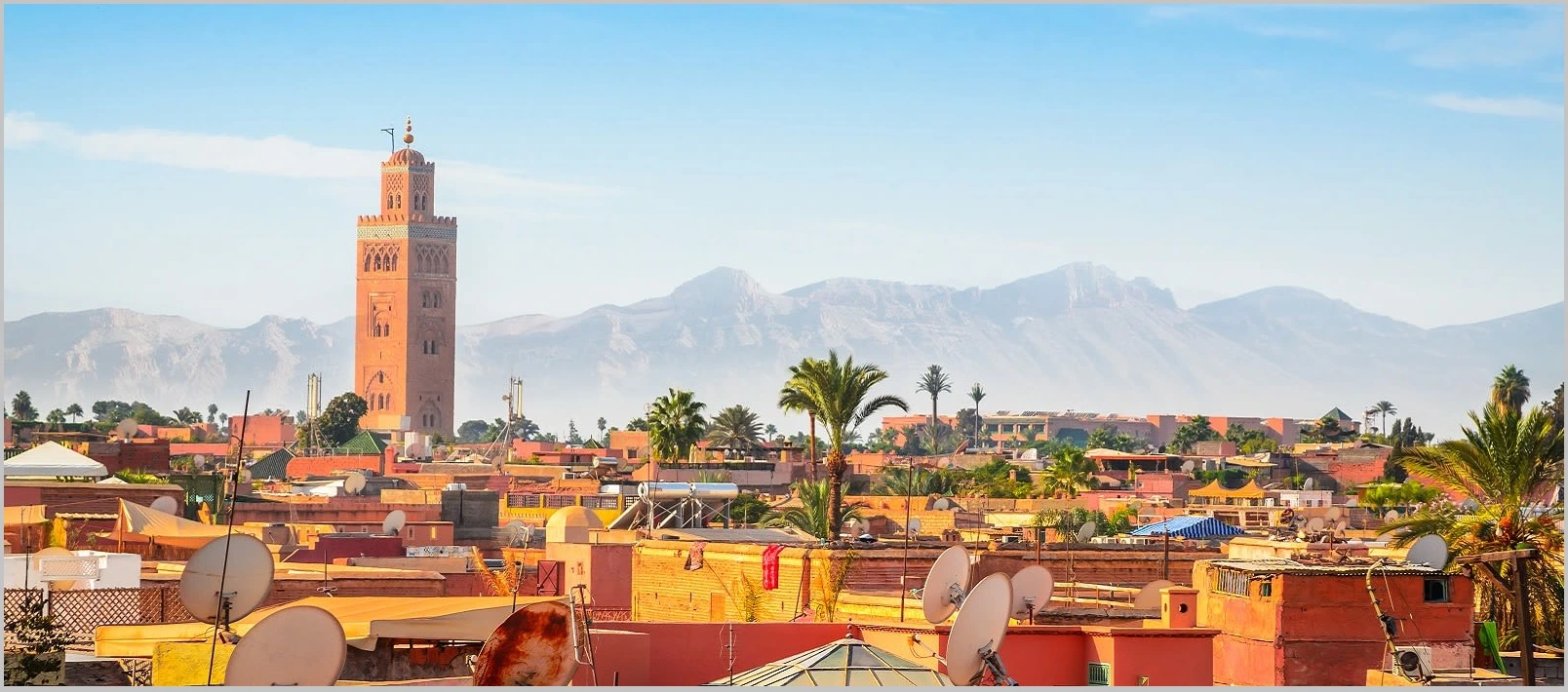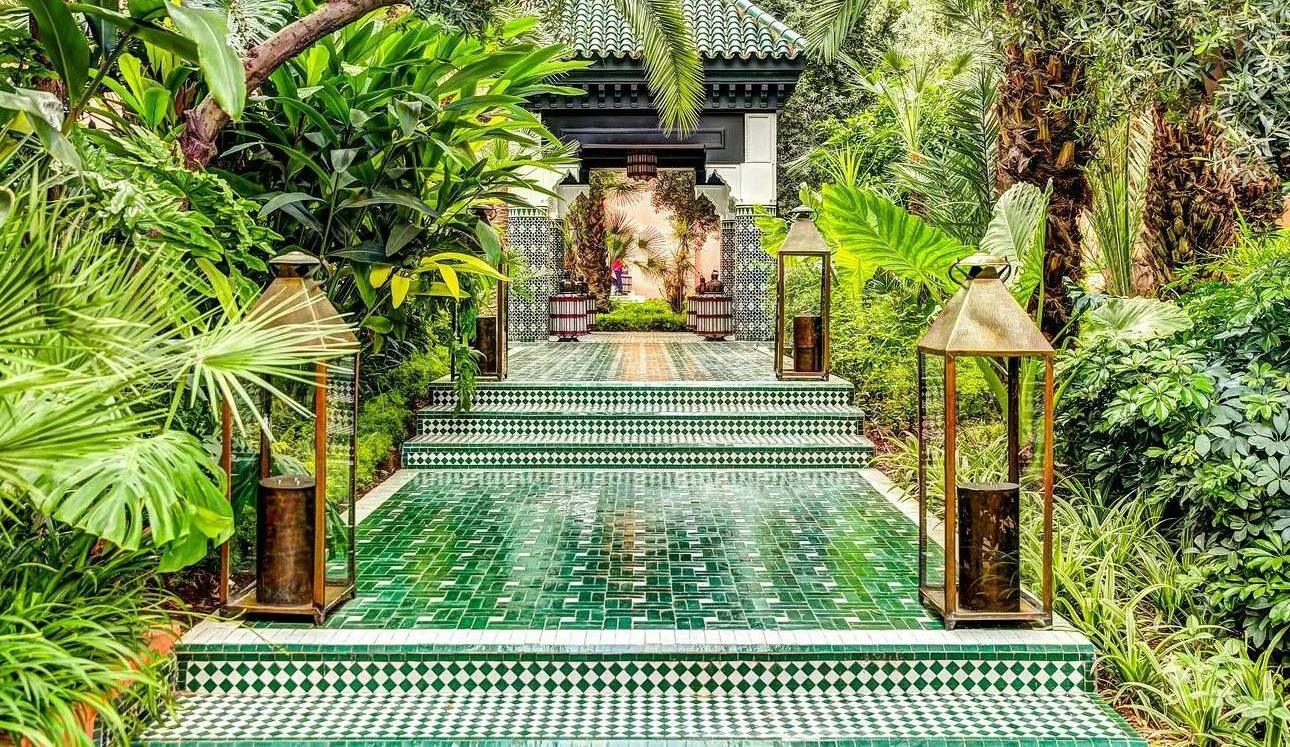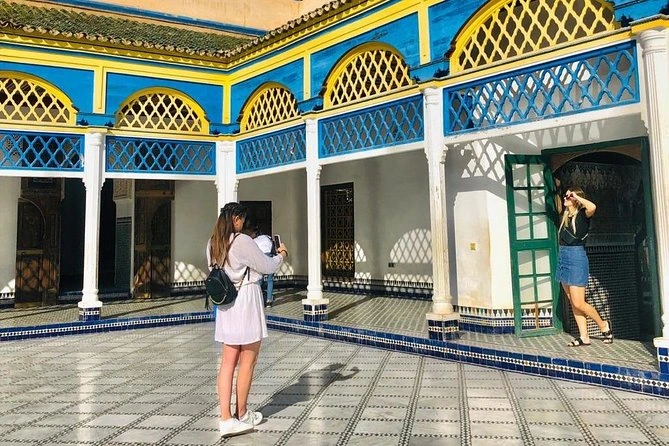
Hands of the City: The Artisans of Marrakech and Their Living Craft
In the labyrinthine heart of Marrakech’s medina, behind arched doorways and weathered shutters, there exists a rhythm older than the city itself — a rhythm not heard, but felt, as hammers strike copper, looms sing through thread, and the scent of cedar rises with every chisel’s touch. These are not mere workshops. These are living temples of Moroccan craftsmanship — spaces where tradition is not preserved in glass, but shaped anew each day by the hands of the city's artisans.
To walk through these souks is to enter a world where time curves inward, where the future kneels humbly before the past. In Marrakech, craftsmanship is not an industry. It is a language of patience, a philosophy of form.
The Masters of Material
Let us begin with the zellige tile makers — humble masters of color and geometry. In small courtyards veiled in dust, they crouch over terracotta pieces, slicing shapes so precise they rival the stars above them. Their work is not machine-made. It is measured in breath, in muscle memory, in generational wisdom. The resulting mosaics, found in mosques, fountains, and palaces across Morocco, tell stories without words.
Not far away, in the copper quarter of the medina, the clang of metal echoes like song. Here, artisans forge lanterns pierced with starlight, trays that shimmer with hand-engraved tales, and kettles curved like the dunes of the Sahara. Fire and tool, hand and eye — it is a delicate ballet, learned not in schools, but at the feet of fathers and uncles, passed down like sacred verses.
Weavers of Memory
There are those who do not work with fire or clay, but with fiber and silence — the weavers of Moroccan rugs and textiles. High in the Atlas Mountains, Amazigh women still spin wool dyed with saffron, henna, and pomegranate. Each handwoven carpet, when unfurled in the city’s souks, carries not only warmth and beauty, but symbols of tribe, season, and spirit.
In the medina, their brothers and cousins knot threads on wooden looms, fingers dancing through warp and weft. The patterns are ancient — not random, but rooted in spiritual geometry, in the history of land and lineage. To own such a piece is to hold a woven fragment of Morocco’s soul.
Leather That Breathes and Ages
One cannot speak of Marrakech’s artisans without pausing at the tanneries of Bab Debbagh. The process is as old as the city itself. Hides are soaked in limestone and pigeon droppings, then dyed in vats of vibrant earth-tone pigments: saffron yellow, poppy red, indigo blue. It is a labor not for the faint of heart — pungent, messy, relentless.
And yet, the result is sublime: soft, enduring leather that becomes slippers, bags, poufs, and journals. The famed babouche slippers, curled like question marks at the toe, are made to mold to the wearer’s foot, a quiet companion for years to come.
Wood, Bone, and Soul
In the wood shops, the scent of thuya and cedar permeates the air. Artisans carve inlays, etch arabesques, and embed mother-of-pearl with fingers that seem to remember every cut from decades past. Small boxes, grand doors, headboards, and mirror frames — each item is a testament to detail, humility, and quiet devotion.
Even bone and horn, too often discarded elsewhere, are given second life here: combs, knife handles, jewelry, prayer beads — all shaped by those who see beauty in the forgotten.
Not Just Objects — Heirlooms of Identity
What makes the crafts of Marrakech so enduring is not merely the finesse, but the philosophy. These items are not disposable. They are meant to last, to age, to be passed from hand to hand. To buy from a Moroccan artisan is not simply to acquire — it is to inherit.
And these artisans, many now in their fifties and sixties, work not only for livelihood, but for legacy. Their tools are not digitized. Their knowledge is not indexed online. It lives in muscle, in memory, in murmured instruction over steaming mint tea.
Preserving the Craft in a Digital Age
In recent years, the artisan way has faced challenge. Mass production knocks at every gate. Tourists, though many in number, too often seek the cheapest souvenir rather than the truest. But there is hope — in young Moroccans returning to the craft, in cooperatives forming to empower rural weavers, in international designers partnering with local hands to create ethically made, globally loved works.
It is no longer enough to admire. We must honor by choosing, support by telling, and preserve by remembering.





1 Comment
Your comment is awaiting moderation.
Hey there,
I’m part of a small film team working on a short documentary project in Morocco. We’re looking to connect with a local person from the Atlas Mountains — someone who works in handcraft or agriculture (for example beekeeping, farming, pottery, weaving, etc.) and sells their products in Marrakech.
Our goal is to tell a real and respectful story about life between the mountains and the city.
If you know anyone who might fit this, or a community we could reach out to, I’d love to hear from you. We’re happy to share more details.
Thank you so much for your time 🙏 — Jannik
Reiciendis error inventore Quis consequatur voluptatibus doloribus Quas sint est accusamus consequatur dolores Et nesciunt tenetur deleniti nam eaque. Possimus minima laborum nemo est Incidunt occaecati asperiores ullam deserunt. velit sint officiis Placeat quaerat ipsam quae. Illo unde et vitae enim autem. Iure delectus quis deleniti. similique pariatur consequatur enim assumenda. Minus enim magni dolorum Nisi ad sit qui enim quisquam. Earum error commodi harum excepturi error corrupti.